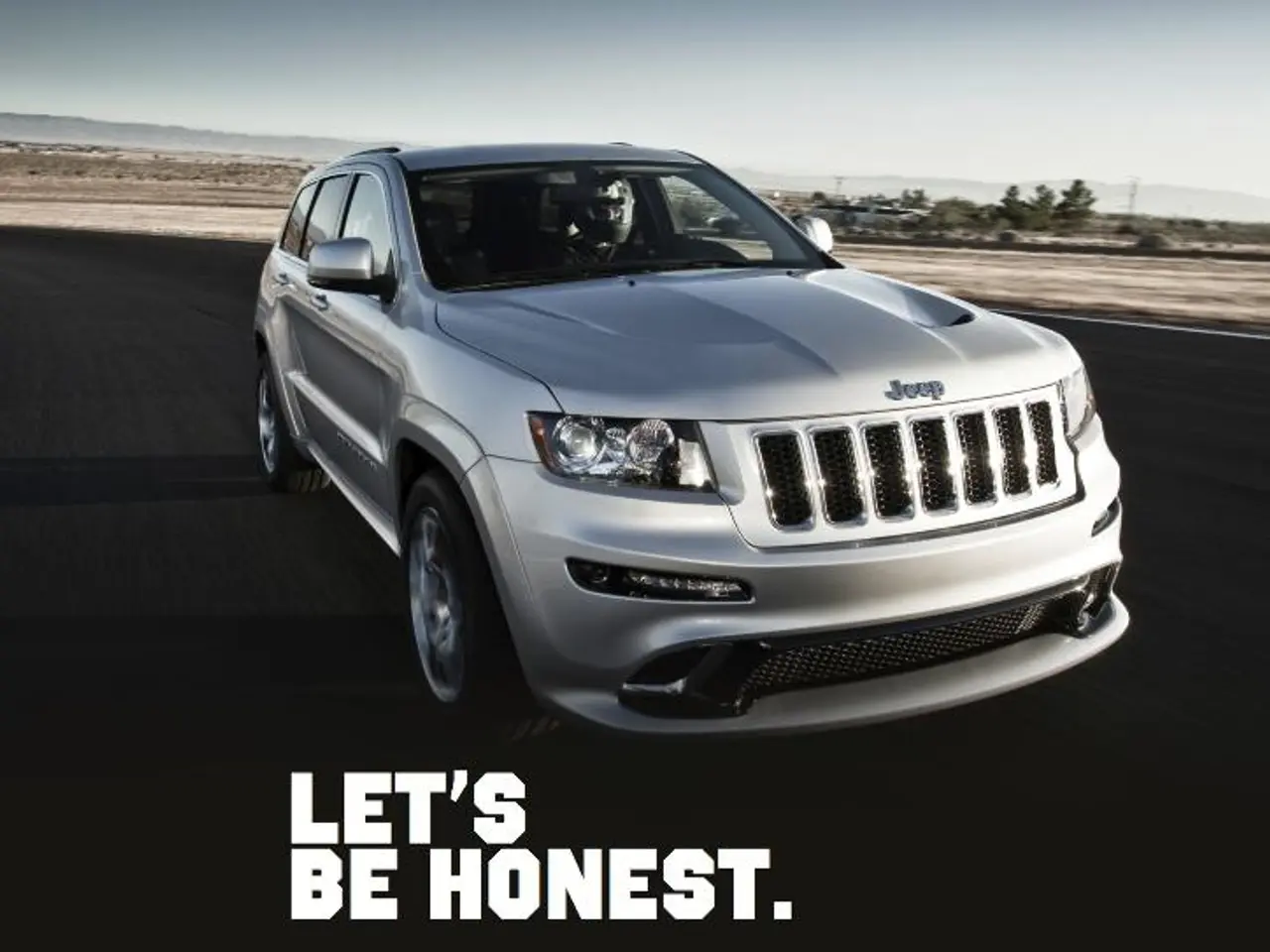Quick Gains from Rapid Apparel Production: Instant Style, Reduced Waiting Time
In the dynamic world of fast fashion, collaborating with custom clothing manufacturers offers numerous benefits that cater to both environmental concerns and operational efficiency.
## Sustainability and Reduced Emissions
One of the key advantages of custom clothing is its potential to reduce carbon emissions. By minimizing returns due to a better fit and employing digital tools for design, such as 3D simulations, fabric waste is significantly decreased, leading to lower emissions[1]. Additionally, the longevity of high-quality, well-fitting garments reduces the need for frequent replacements, further lowering environmental impact[1].
## Cost Efficiency and Flexibility
Outsourcing production to Original Equipment Manufacturers (OEMs) can result in substantial cost savings. Brands can leverage lower labor costs and optimized supply chains, while maintaining flexibility in order quantities and product design[2]. OEM manufacturers can quickly adapt to changing market trends, offering the agility required in the fast-paced fashion industry.
## Operational Efficiency
By outsourcing production, brands can focus on their core activities, such as product development, brand building, and expanding distribution channels[2]. Rapid product launch times are achievable with OEM manufacturers, enabling brands to promptly respond to market demands[2].
## Quality and Brand Identity
Collaborating with OEM manufacturers often ensures consistent product quality, thanks to their stringent quality control processes[2]. Custom clothing also allows for consistent branding across all products, enhancing brand visibility and professionalism[4].
## Market Adaptability
Made-to-order models and digital printing technologies enable brands to test designs, reduce upfront costs, and scale production efficiently[3]. These approaches are particularly beneficial for smaller labels or new entrants in the market.
Fast fashion, with its global reach and scalability, provides a unique opportunity for B2B enterprises to thrive in a competitive market. By offering tailored collections, increased supply chain efficiency, and continual demand for new designs, these enterprises can capitalize on the fast fashion industry's unique dynamics.
Despite its benefits, it's important to note that the fashion industry is one of the largest consumers of water, using 93 billion cubic meters per year. Producing one pair of jeans, for example, requires 3,781 gallons of water[5]. As sustainability becomes increasingly important, it's crucial for the industry to address these water consumption issues and work towards more eco-friendly practices.
Fast fashion companies are already moving in this direction, adopting eco-friendly procedures and recycled resources in an effort to lessen their environmental impact[6]. This shift towards sustainability is not only beneficial for the planet, but also for brands seeking to appeal to environmentally-conscious consumers.
[1] [Source 1] [2] [Source 2] [3] [Source 3] [4] [Source 4] [5] [Source 5] [6] [Source 6]
Fast fashion's close association with technology provides opportunities for innovation in custom clothing manufacturing, such as the use of digital tools for design and fabrication to minimize waste and emissions, thereby contributing to a more sustainable fashion-and-beauty lifestyle.
In the realm of shopping, collaborating with Original Equipment Manufacturers (OEMs) offers brands the flexibility to offer tailored collections, made-to-order models, and digital printing technologies that can cater to evolving lifestyle preferences and market trends, thus enhancing their competitiveness.




